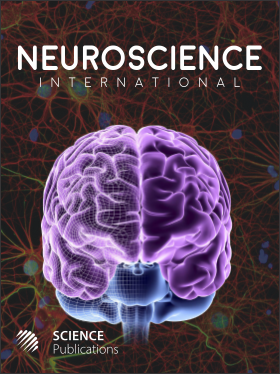Clinical and Functional Profile of Amyotrophic Lateral Sclerosis Patients: A One Year Follow Up
- 1 Fluminense Federal University, Brazil
- 2 Federal University of Sao Paulo, Brazil
- 3 Fluminense Federal University (UFF), Brazil
- 4 Federal University of Vale do Jequitinhonha e Mucuri (UFVJM), Brazil
- 5 FederalUniversity of Rio de Janeiro (UFRJ), Brazil
- 6 University of State of Rio de Janeiro, Brazil
- 7 Federal University of Rio de Janeiro, Brazil
Abstract
Problem statement: Amyotrophic Lateral Sclerosis (ALS) is a progressive and degenerative disease that affects the anterior horn motor neurons of the spinal cord and pyramidal tracts. In Brazil, there are few epidemiological data on this disease. Recently, some important findings have been reported, allowing a better understanding on the underlying processes of neuronal death, as well as the characteristics of this population. To discuss the clinical and functional profile of a convenience sample of patients with ALS in Rio de Janeiro and Neurology Department-Federal Fluminense University to compare the data with studies of other regions and countries. Approach: We used the Severity and Functional Ability Scale (SFAS) as a clinical and functional indicator for ALS. The modified El Escorial criteria were used to establish the diagnosis. The participants underwent five quarterly assessments during the study period. The research took place at two University Hospitals (Hospital Universitario Antonio Pedro-Universidade Federal Fluminense and Instituto de Neurologia Deolindo Couto-Universidade Federal do Rio de Janeiro) from March 2007 to December 2009. Results: Of the 98 recruited subjects, only 24 have completed all phases of the study. The average age was 52.7±4.1 years. The time between the onset of first symptoms and seeking care services was 11.6±12.:4 months. The time between the first symptoms and the diagnosis was 20.5±8.4 months. Muscle weakness was identified as the initial symptom in most cases. Patients had impaired muscle strength, speech, swallowing, respiratory function and severity stages of SFAS. The disease had different forms of initial presentation (impaired speech, limbs strength, respiratory function or swallowing), time to progression and clinical characteristics in our population. Conclusion: The knowledge on the individual clinical evolution in ALS is of paramount importance for the healthcare team to provide a correct treatment during the decline of the disease and formulate theoretical and conceptual issues, aiming at solving problems in clinical practice.
DOI: https://doi.org/10.3844/amjnsp.2011.28.34

- 6,415 Views
- 3,469 Downloads
- 0 Citations
Download
Keywords
- Amyotrophic lateral sclerosis
- motor neuron
- epidemiology
- Severity and Functional Ability Scale (SFAS)
- pathophysiologic processes
- scientific literature
- functional limitations
- epidemiological data
